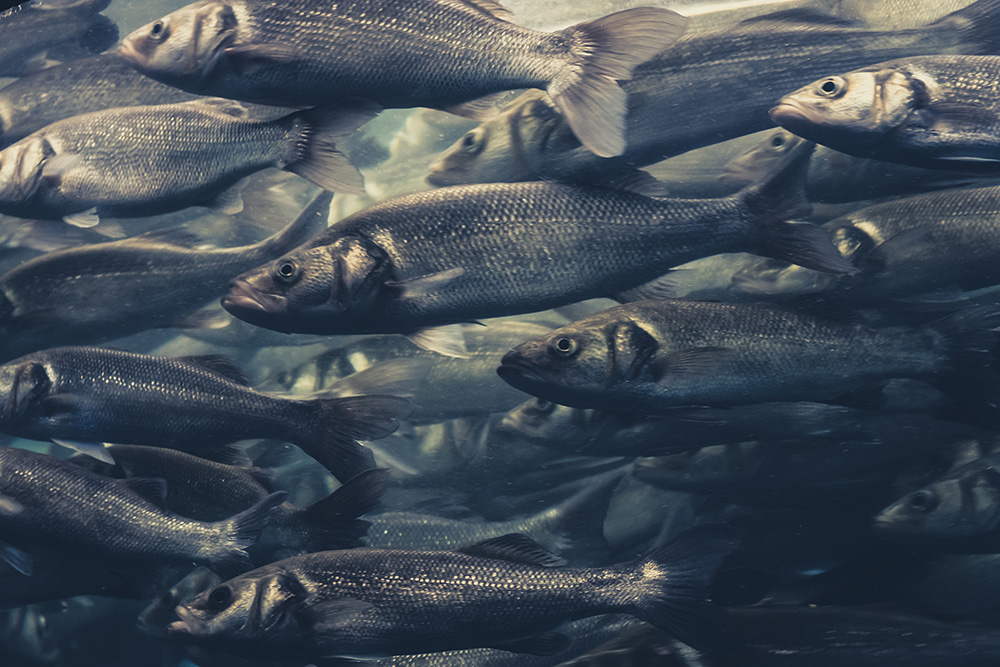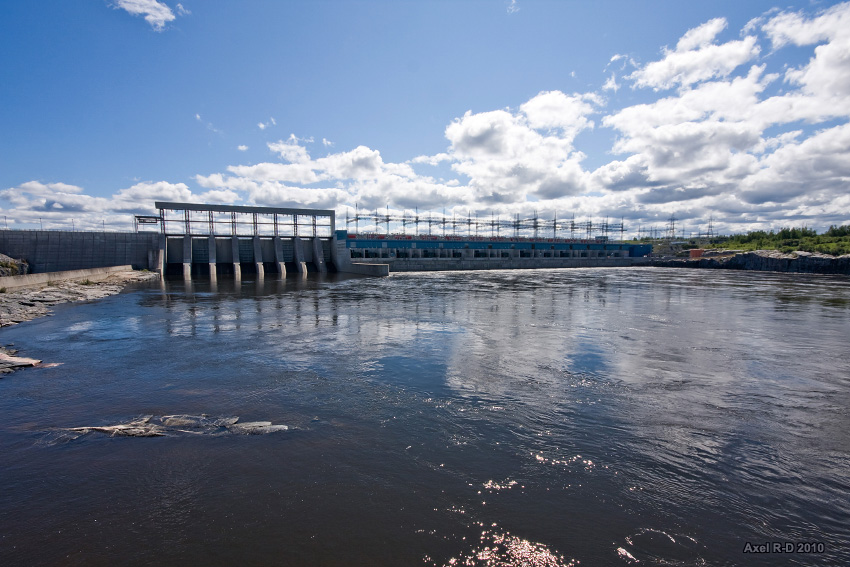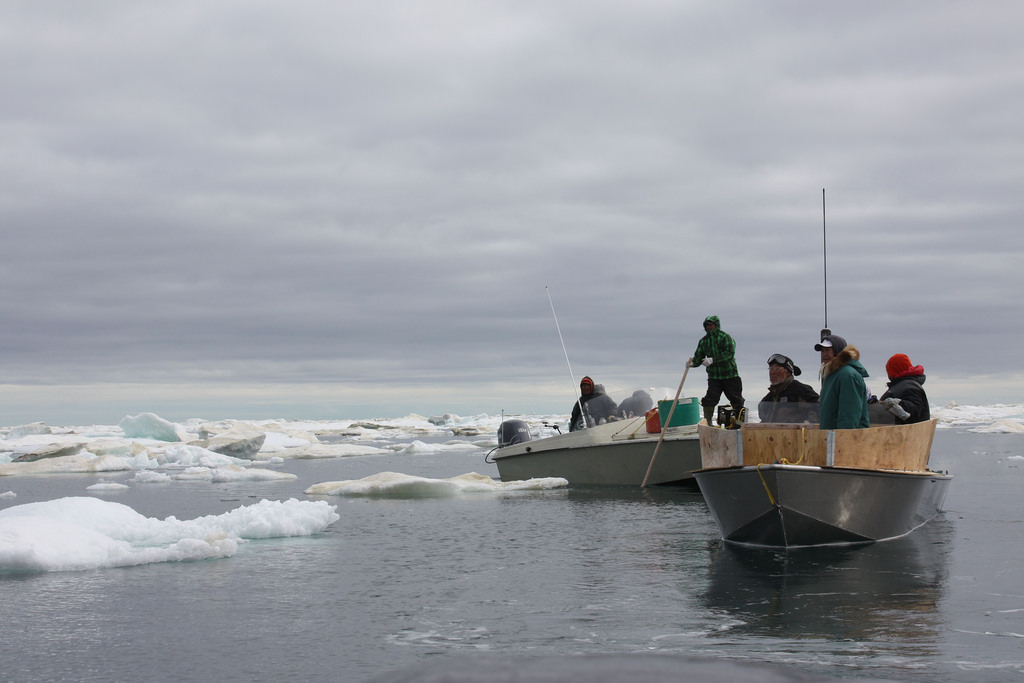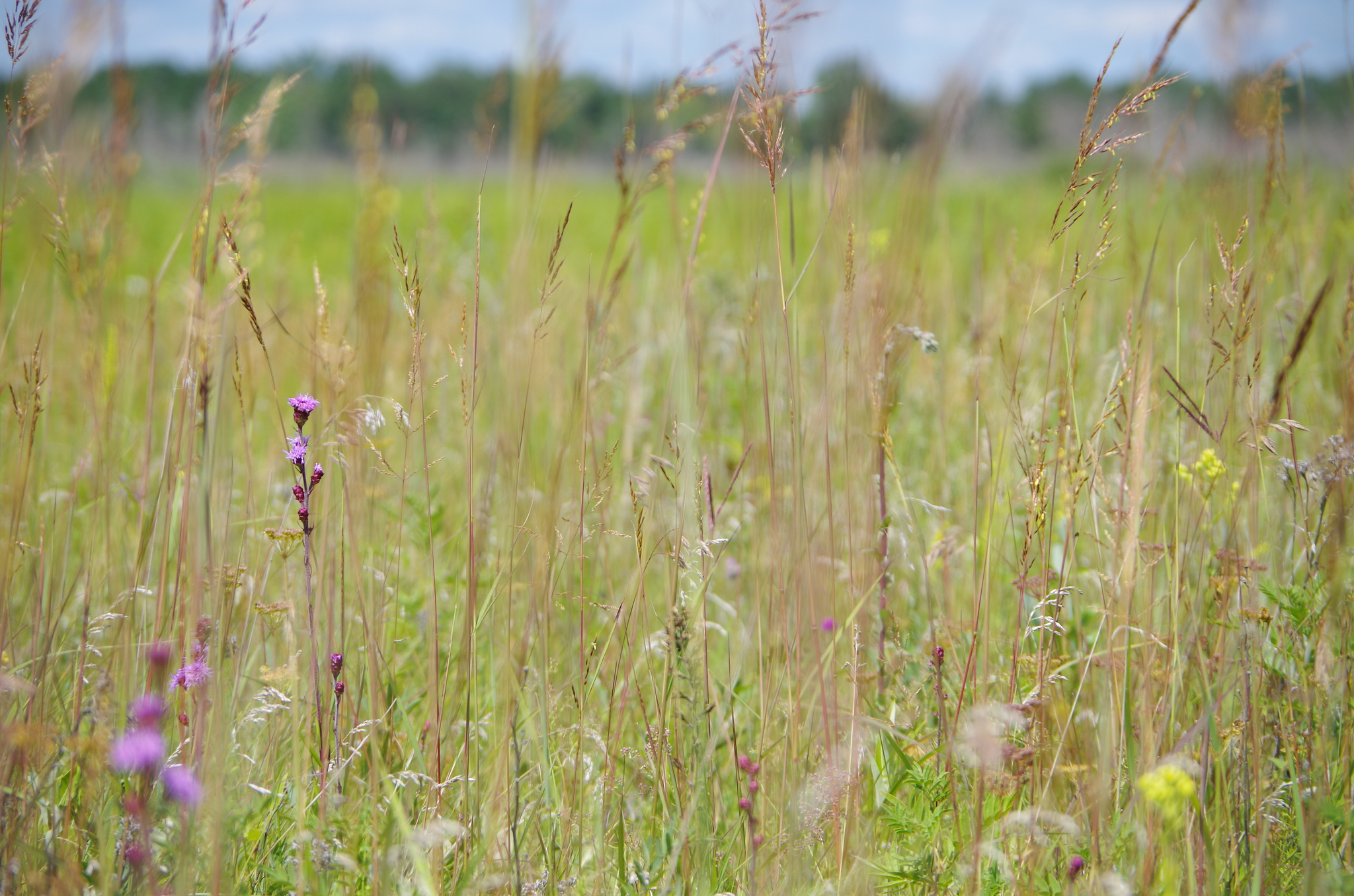Article
Natural Gas in Canada
Natural gas ranks among the fastest-growing energy sources in Canada and is seen by many in the energy industry as a game-changer, a comparatively clean, low-cost and versatile fuel. It can directly generate power and heat and can be chemically altered to produce a wide range of useful commodity chemicals. It burns cleaner and more efficiently than other fossil fuels, releasing significantly fewer harmful pollutants into the atmosphere. Natural gas is colorless, odourless, shapeless, lighter than air and contains a mixture of several hydrocarbon gases, which are organic compounds consisting of some combination of hydrogen and carbon molecules. The primary consumers of natural gas are the industrial (54.1 per cent), residential (26.6 per cent) and commercial sectors (19.3 per cent). Canada is the fifth largest natural gas producer after the United States, Russia, Iran and Qatar. Currently, all of Canada’s natural gas exports go to the United States through a network of pipelines, making Canada the largest foreign source of US natural gas imports. At the end of 2016, Canada had 76.7 trillion cubic feet of proven natural gas reserves and had produced 152 billion cubic metres of natural gas that year. It is forecasted that global natural gas consumption will double by 2035.












